Today’s guest is Dr. Robert Cialdini. This guy has spent his entire career researching the science of influence. Earning him an international reputation as an expert in the field of persuasion, compliance and negotiation.
Dr. Cialdini says, “The best persuaders are the best through pre-suasion, the process of arranging for recipients to be receptive to a message before the encounter it.”
In this episode of Bulletproof Radio we’re going to talk about how that process works and also how Dr. Cialdini became known as the “Godfather of influence.
Enjoy the show!
Follow Along with the Transcript
Neuromarketing and the Science of Getting What You Want. Dr. Robert Cialdini #507


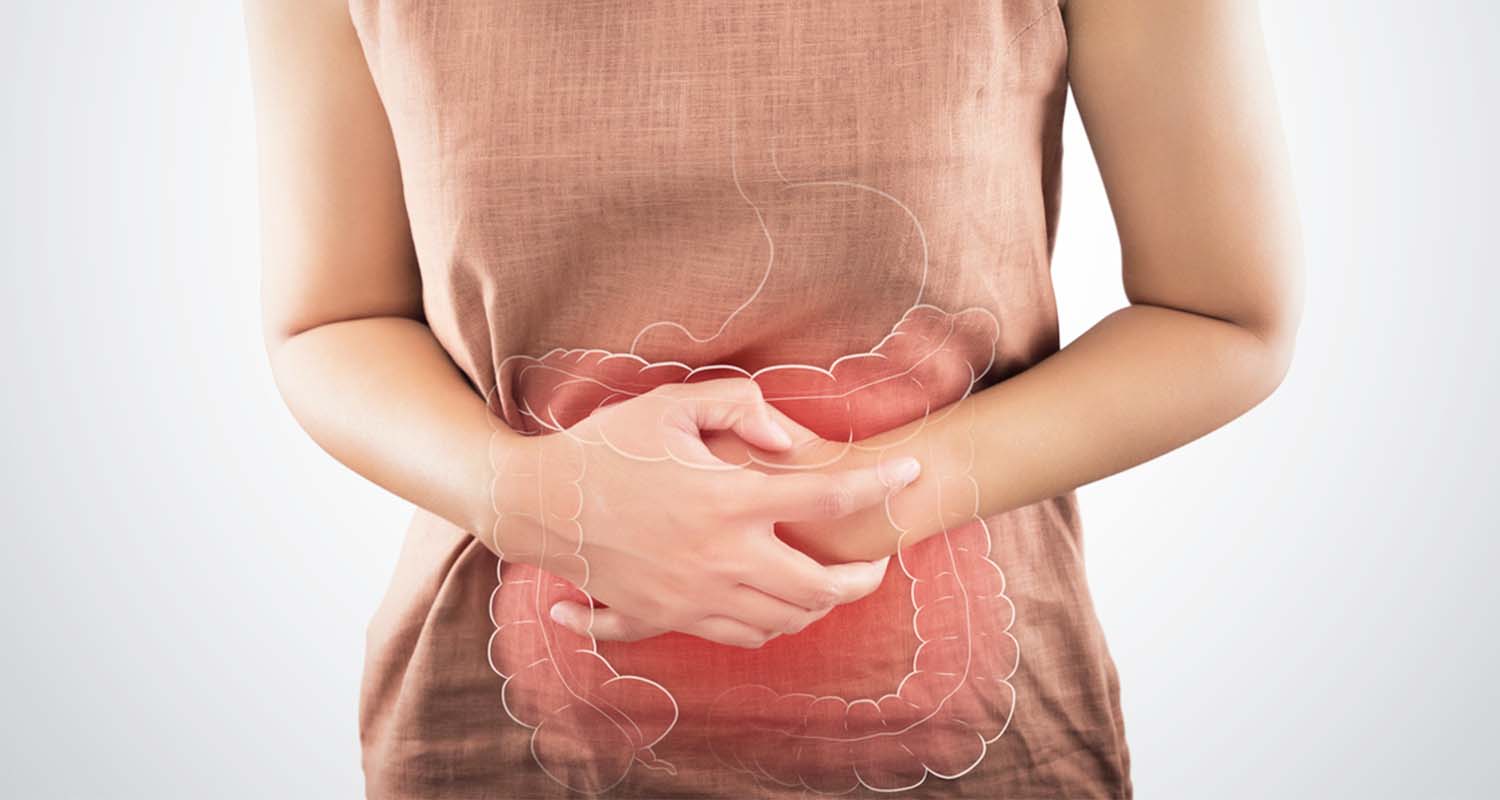 When I was taking NSAIDs for pain management every day, my gut was the first place I felt them. After a little research, I figured out why. It turns out NSAIDs damage your gut in two ways.
When I was taking NSAIDs for pain management every day, my gut was the first place I felt them. After a little research, I figured out why. It turns out NSAIDs damage your gut in two ways. NSAIDs don’t just damage your gut lining. They affect your gut bacteria, too. A study of regular users found that different NSAIDs caused different changes in gut bacteria.[ref url=”https://www.ncbi.nlm.nih.gov/pmc/articles/PMC4754147/”] Ibuprofen and arthritis drug celecoxib (Celebrex), for example, increased pathogenic Enterobacteriaceae, a family of bacteria that includes E. coli, Salmonella, and a number of lesser-known bacteria that contribute to eye, skin, respiratory, and urinary tract infections.[ref url=”https://emedicine.medscape.com/article/216845-overview”]
NSAIDs don’t just damage your gut lining. They affect your gut bacteria, too. A study of regular users found that different NSAIDs caused different changes in gut bacteria.[ref url=”https://www.ncbi.nlm.nih.gov/pmc/articles/PMC4754147/”] Ibuprofen and arthritis drug celecoxib (Celebrex), for example, increased pathogenic Enterobacteriaceae, a family of bacteria that includes E. coli, Salmonella, and a number of lesser-known bacteria that contribute to eye, skin, respiratory, and urinary tract infections.[ref url=”https://emedicine.medscape.com/article/216845-overview”] NSAID pain relievers can also damage your heart — so much so that the FDA issued a long warning back in 2005, and strengthened the warning in 2015.[ref url=”https://www.fda.gov/Drugs/DrugSafety/ucm451800.htm”]
NSAID pain relievers can also damage your heart — so much so that the FDA issued a long warning back in 2005, and strengthened the warning in 2015.[ref url=”https://www.fda.gov/Drugs/DrugSafety/ucm451800.htm”]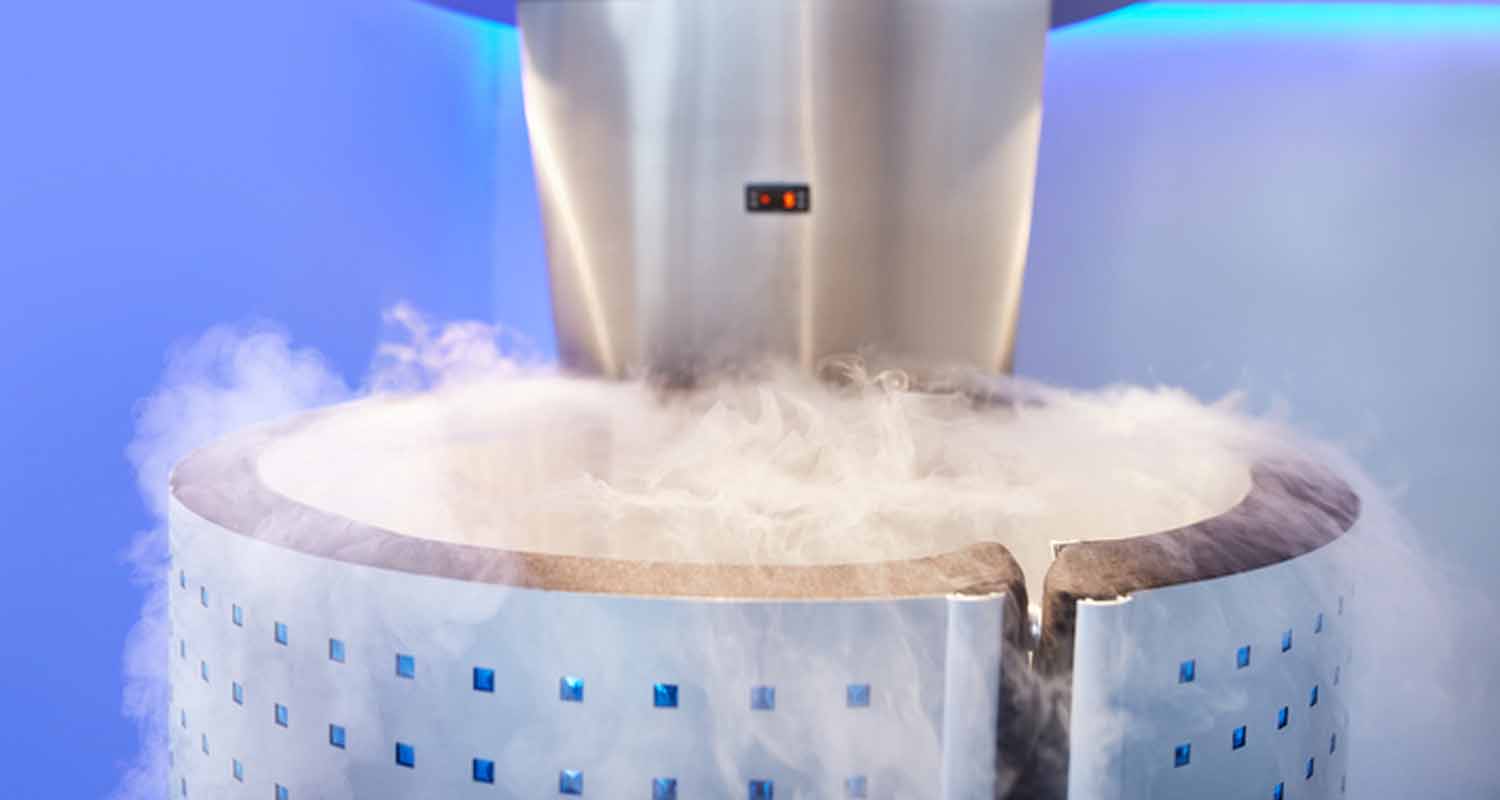
 When it comes to natural pain relief, sometimes the basics are the best. The temperature change from hot to cold and back again triggers anti-inflammatory heat-shock and cold-shock proteins (yeah, there’s a heat version, too), and the compression decreases blood flow to injuries, which keeps inflammation and swelling down.[ref url=”https://www.ncbi.nlm.nih.gov/pmc/articles/PMC3781860/”]
When it comes to natural pain relief, sometimes the basics are the best. The temperature change from hot to cold and back again triggers anti-inflammatory heat-shock and cold-shock proteins (yeah, there’s a heat version, too), and the compression decreases blood flow to injuries, which keeps inflammation and swelling down.[ref url=”https://www.ncbi.nlm.nih.gov/pmc/articles/PMC3781860/”]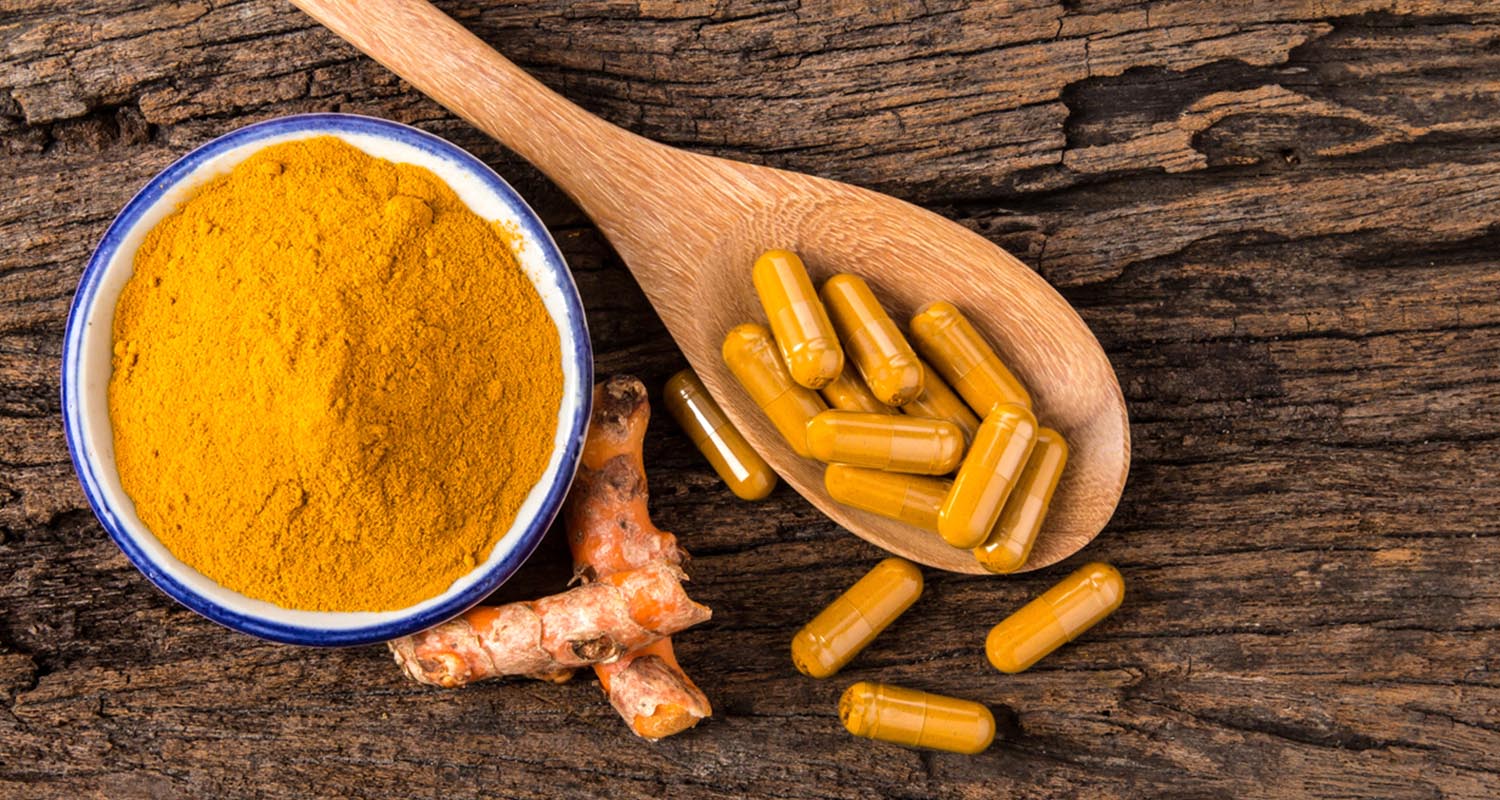 Curcumin is the bioactive compound in turmeric that gives the herb its healing properties. It’s one of the safest anti-inflammatories you can take, and is an effective natural pain reliever too — even for severe pain. In fact, curcumin matches or outperforms ibuprofen, acetaminophen, and other over-the-counter painkillers without any side effects.[ref url=”https://www.ncbi.nlm.nih.gov/pmc/articles/PMC5003001/”]
Curcumin is the bioactive compound in turmeric that gives the herb its healing properties. It’s one of the safest anti-inflammatories you can take, and is an effective natural pain reliever too — even for severe pain. In fact, curcumin matches or outperforms ibuprofen, acetaminophen, and other over-the-counter painkillers without any side effects.[ref url=”https://www.ncbi.nlm.nih.gov/pmc/articles/PMC5003001/”]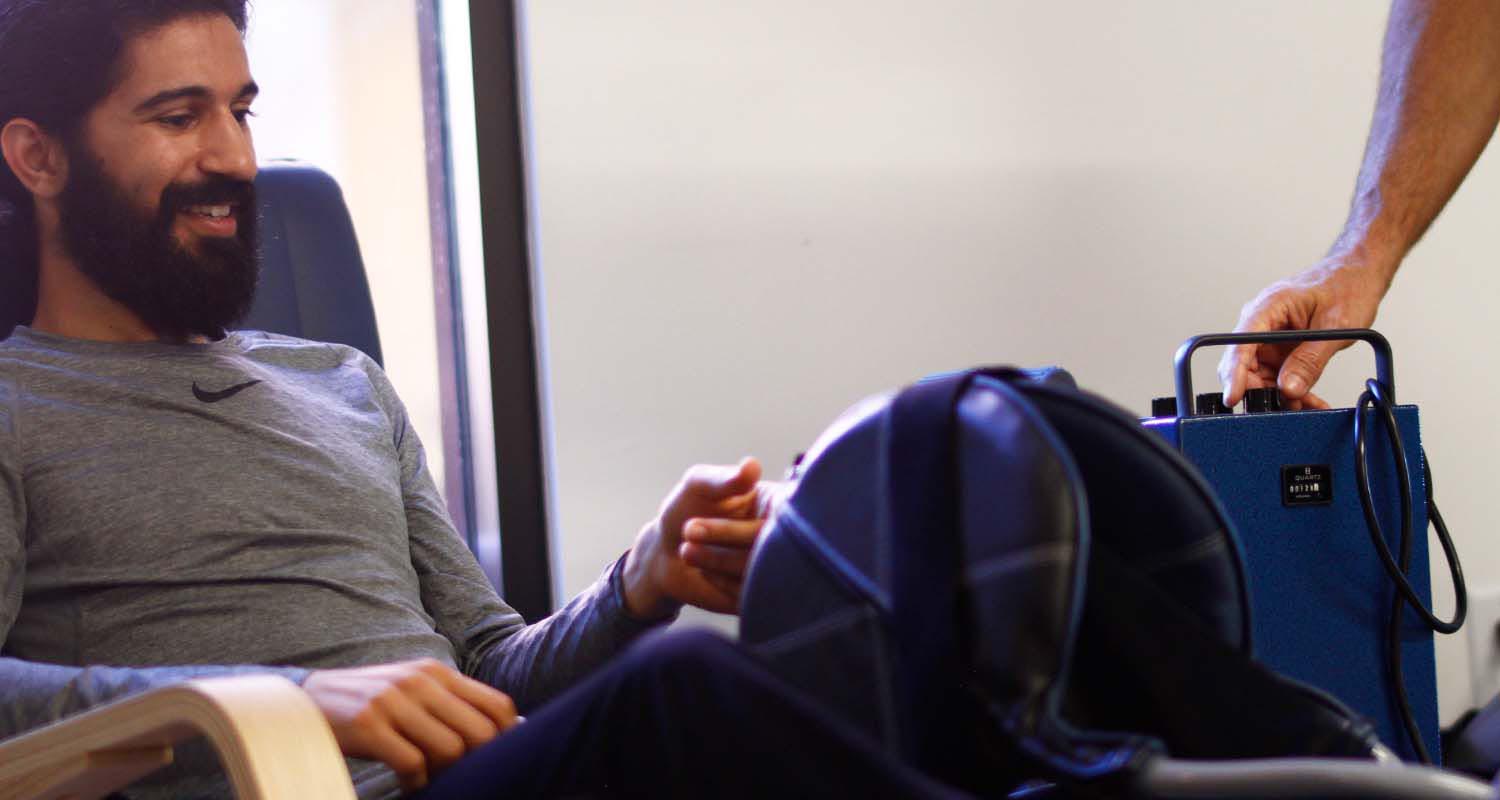 Physical therapists use PEMF to heal fractures and torn cartilage faster, and surgeons recommend it as a post-op way to minimize soft tissue inflammation.[ref url=”https://www.ncbi.nlm.nih.gov/pmc/articles/PMC3669296/”][ref url=”https://www.tandfonline.com/doi/abs/10.1080/15368370701580806?journalCode=iebm20&”] I use it to recover from workouts faster and keep inflammation low. PEMF machines send electromagnetic pulses through your tissue, gently stimulating anti-inflammatory and repair compounds.
Physical therapists use PEMF to heal fractures and torn cartilage faster, and surgeons recommend it as a post-op way to minimize soft tissue inflammation.[ref url=”https://www.ncbi.nlm.nih.gov/pmc/articles/PMC3669296/”][ref url=”https://www.tandfonline.com/doi/abs/10.1080/15368370701580806?journalCode=iebm20&”] I use it to recover from workouts faster and keep inflammation low. PEMF machines send electromagnetic pulses through your tissue, gently stimulating anti-inflammatory and repair compounds. TENS is another powerful biohack for pain and inflammation. It’s similar to PEMF, but uses electricity. TENS sends a mild electrical current through muscle and soft tissue, stimulating repair compounds and pain-relieving endorphins.[ref url=”https://www.ncbi.nlm.nih.gov/pmc/articles/PMC2746624/”][ref url=”https://www.ncbi.nlm.nih.gov/pubmed/8892136″] Bonus hack: you can also use TENS on your brain to make you more mentally resilient to stress.[ref url=”https://www.ncbi.nlm.nih.gov/pubmed/28213205″]
TENS is another powerful biohack for pain and inflammation. It’s similar to PEMF, but uses electricity. TENS sends a mild electrical current through muscle and soft tissue, stimulating repair compounds and pain-relieving endorphins.[ref url=”https://www.ncbi.nlm.nih.gov/pmc/articles/PMC2746624/”][ref url=”https://www.ncbi.nlm.nih.gov/pubmed/8892136″] Bonus hack: you can also use TENS on your brain to make you more mentally resilient to stress.[ref url=”https://www.ncbi.nlm.nih.gov/pubmed/28213205″]








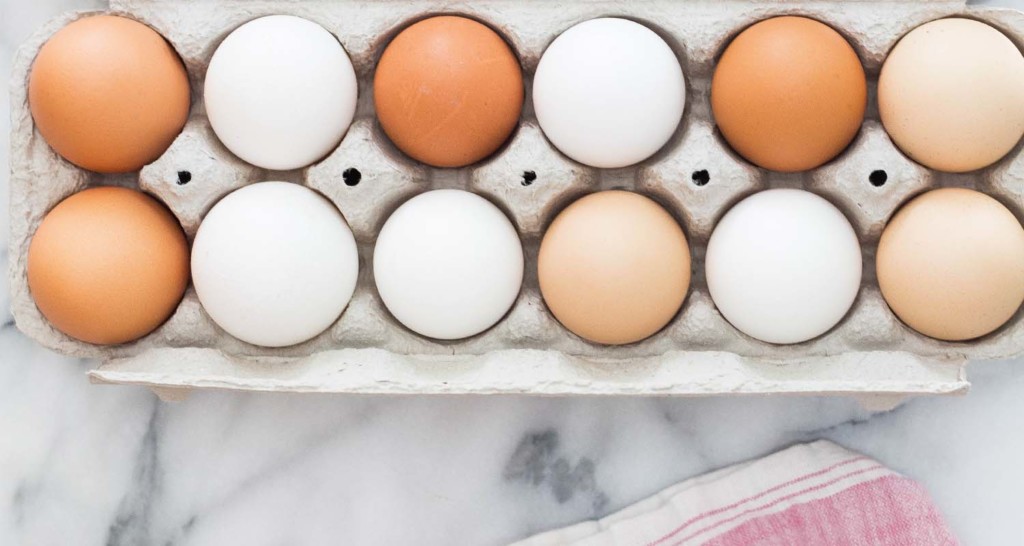

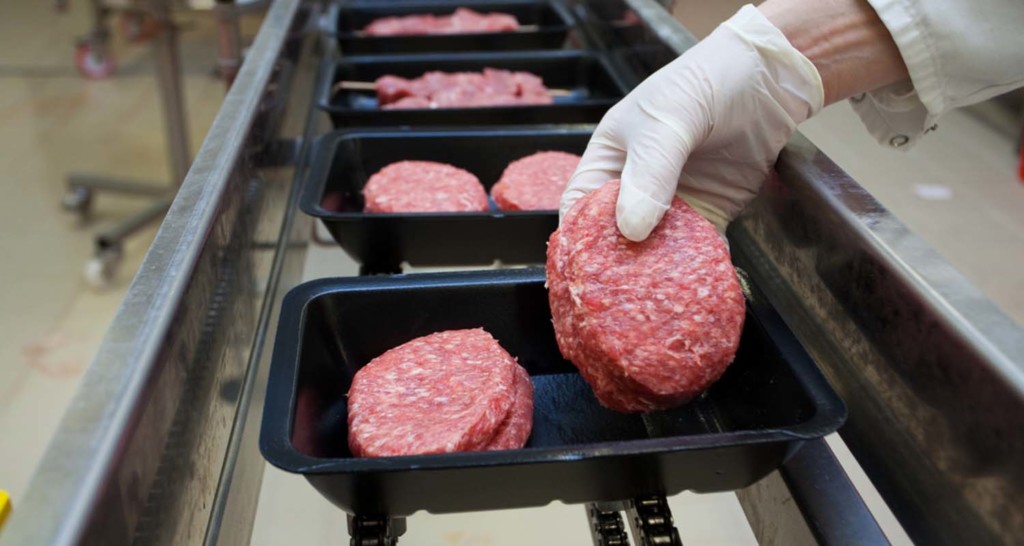





Website
Facebook
Twitter
YouTube
Show Notes